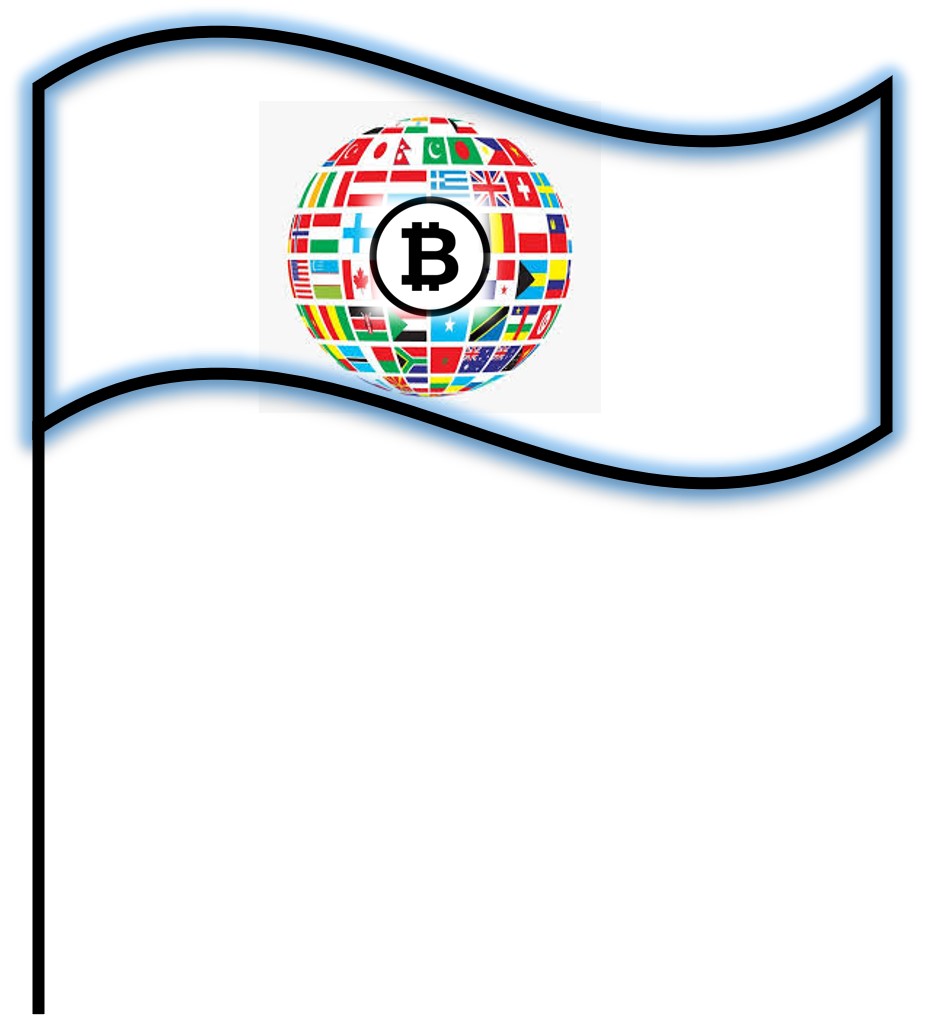When you buy or sell a stock, you’re essentially making a bet on whether the stock’s price will go up or down. If it goes in the direction you predicted, you make money; if it goes the other way, you might lose money.
Options trading is somewhat similar, but instead of buying or selling the actual stock itself, you’re buying or selling the right to buy or sell the stock at a certain price within a certain timeframe. These rights are called “options.”
There are two main types of options: call options and put options.
- Call Options: When you buy a call option, you’re buying the right to purchase a specific stock at a predetermined price (known as the strike price) by a certain date (expiration date). You buy a call option if you think the stock’s price will go up before the expiration date. If the stock’s price rises above the strike price before the expiration date, you can exercise your option to buy the stock at the lower strike price and then sell it at the higher market price, making a profit.
- Put Options: On the other hand, when you buy a put option, you’re buying the right to sell a specific stock at a predetermined price by a certain date. You buy a put option if you think the stock’s price will go down before the expiration date. If the stock’s price falls below the strike price before the expiration date, you can exercise your option to sell the stock at the higher strike price and then buy it at the lower market price, again making a profit.
It’s important to note that options trading can be riskier than buying and selling stocks because options have expiration dates. If the stock doesn’t move in the direction you anticipated before the option expires, you could lose the entire amount you paid for the option.
In essence, options trading allows investors to speculate on the direction of a stock’s price movement without actually owning the stock itself, offering the potential for significant gains but also carrying a higher level of risk.






